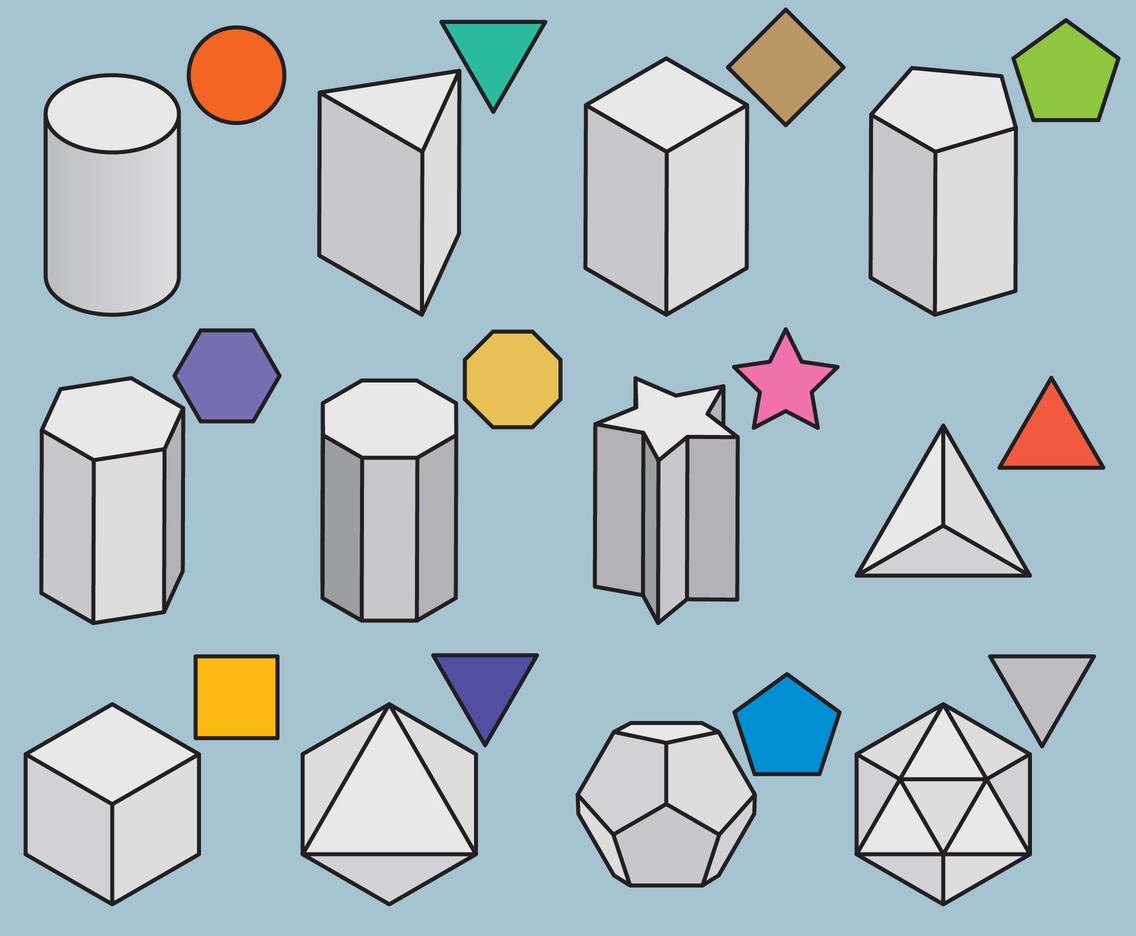The distinction between 3D and 2D images, a fascinating topic indeed! Let us delve into the realm of dimensionality and explore the differences between these two forms of visual representation.
- Depth Perception: The most striking difference lies in the perception of depth. A 2D image, such as a photograph or a painting, is confined to a flat surface and lacks the illusion of depth. It appears as a two-dimensional representation of objects, with no sense of distance or spatial relationships. On the other hand, a 3D image provides the viewer with a perception of depth, allowing objects to appear as if they extend beyond the confines of the image, creating a more immersive and realistic experience.
- Realism and Immersion: 3D images, whether they are still images or moving ones like in movies, aim to replicate the way we perceive the world in three dimensions. By incorporating depth cues such as perspective, shading, and parallax, they strive to create a more lifelike and immersive visual experience. In contrast, 2D images, while capable of conveying emotions, stories, and beauty, lack the same level of realism and depth as their three-dimensional counterparts.
- Interaction and Engagement: 3D images often provide opportunities for interaction and engagement. Whether it’s through virtual reality (VR) experiences, 3D modeling software, or even holographic displays, viewers can explore and manipulate the objects within the three-dimensional space. This interactivity adds a new layer of engagement and involvement, allowing users to have a more dynamic and personalized experience. In contrast, 2D images are primarily static, offering limited opportunities for direct interaction.
- Production Techniques: The creation of 3D images requires specialized techniques and tools, such as 3D modeling software, depth mapping, and stereoscopic rendering. These techniques enable the artist or designer to construct and manipulate objects in a three-dimensional space, adding depth, textures, and lighting effects. In contrast, 2D images can be created through traditional drawing, painting, or photography techniques, primarily focusing on the arrangement of shapes, colors, and composition within a flat plane.
Now, let me pose two questions to deepen our understanding:
- How has the advancement of technology, such as 3D printing and augmented reality, expanded the possibilities and applications of 3D imagery?
- In what ways does the perception and interpretation of visual information differ between 2D and 3D images, and how does this impact our cognitive processes and emotional responses?
As we explore the realms of visual representation, let us embrace the wonders of dimensionality and the captivating power of images, whether they be two-dimensional or three-dimensional!
SHARE
